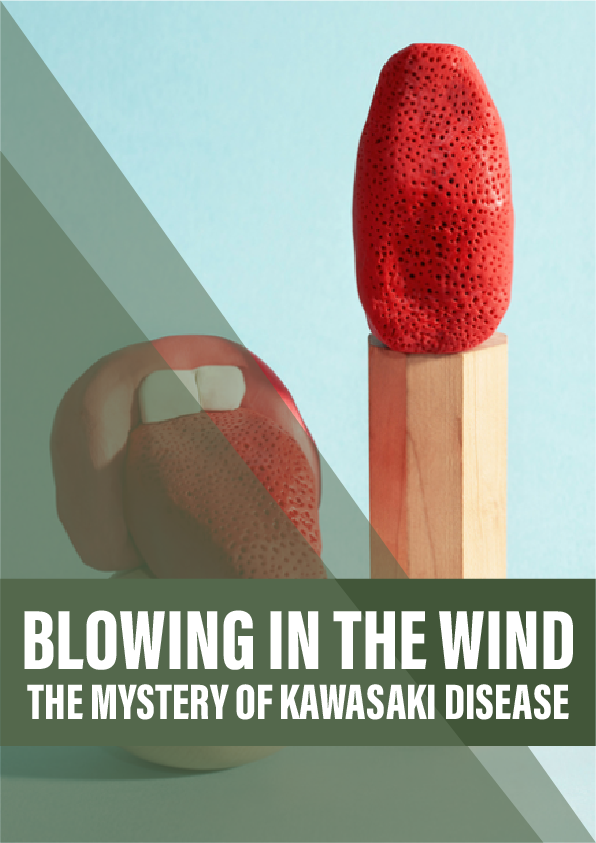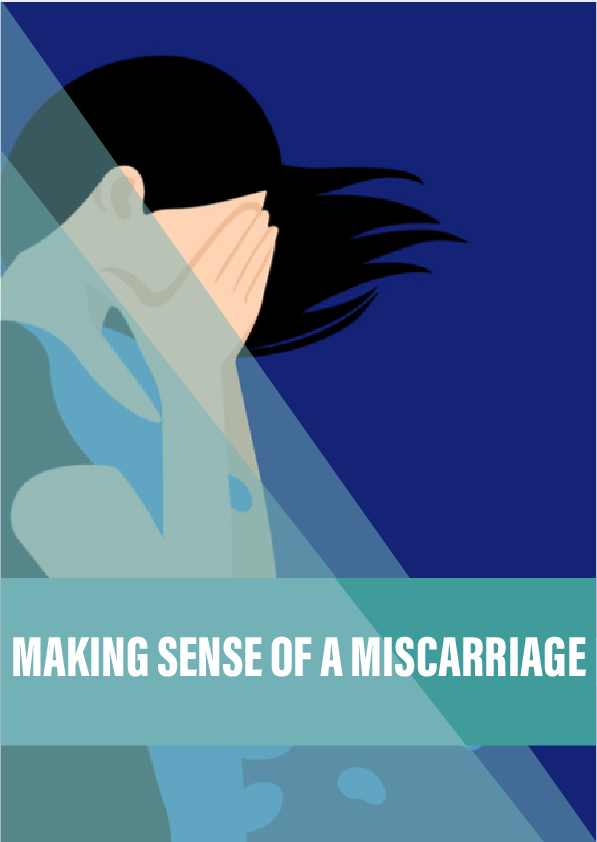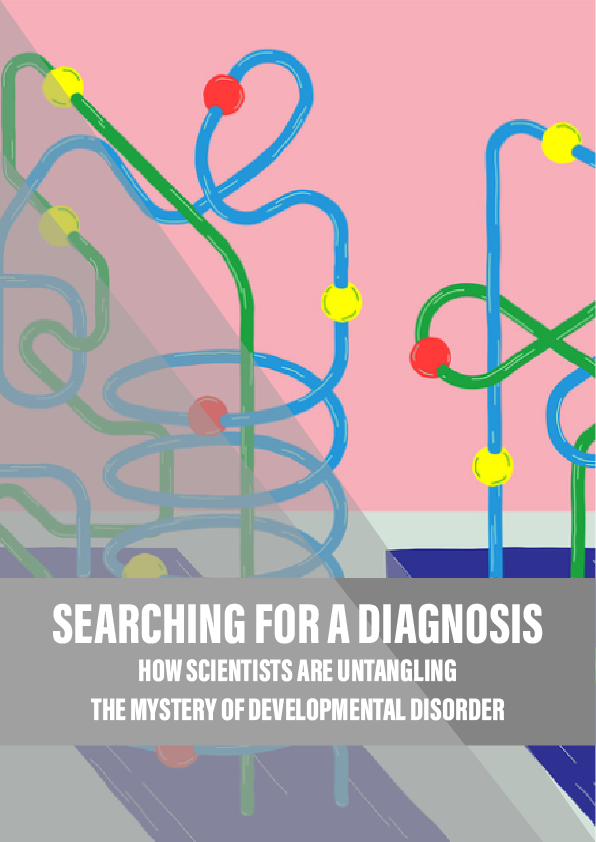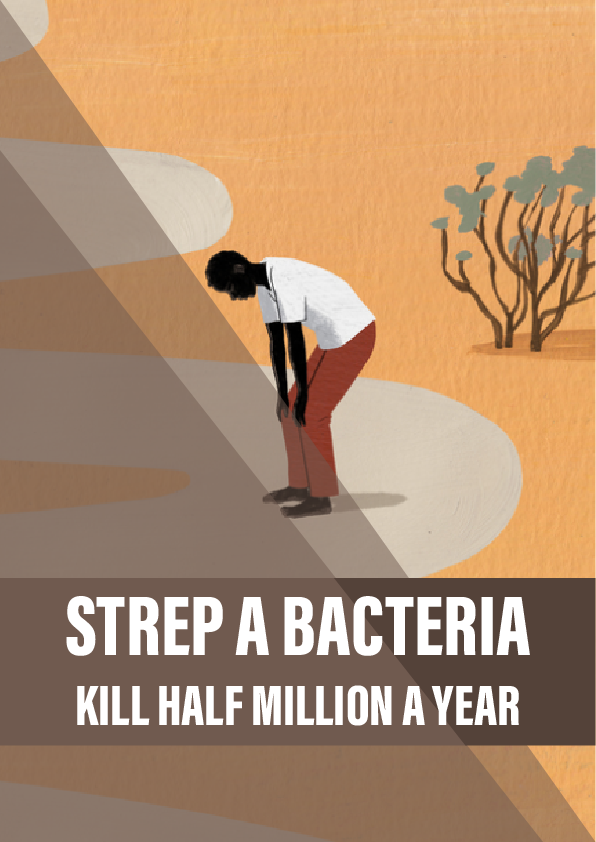Hard to diagnose, with an unknown cause, Kawasaki disease has been puzzling doctors for 150 years. Jeremy Hsu explores what we know, and still don’t know, about this troubling childhood heart condition.
A child’s death from scarlet fever wouldn’t have raised any eyebrows during the devastating epidemics that swept Europe and North America in the 1800s. But Samuel Gee, a highly regarded physician in England, found something very strange while cutting open the corpse of a seven-year-old boy in London in 1870. Gee’s autopsy findings, preserved in a single paragraph written in 1871, recorded signs of damage called aneurysms in the coronary arteries running across the surface of the boy’s heart. In the affected regions, the main blood vessels that supply blood to the heart had expanded like modelling balloons because of weakened vessel walls.
Gee described the case as follows:
“The peculiarity of the following case lies in the age of the patient. William Shrosbree, aet. 7, died in Mark on October 20, 1870, in consequence of scarlatinal dropsy with inter-current pneumonia and meningitis. The pericardium was natural. The heart natural in size, and the valves healthy. The coronary arteries were dilated into aneurysms at three places, namely, at the apex of the heart a small aneurysm the size of a pea; at the base of the right ventricle, close to the tip of the right auricular appendix, and near to the mouth of one of the coronary arteries, another aneurysm of the same size; and at the back of the heart, at the base of the ventricles, and in the sulcus between the ventricles, a third aneurysm the size of a horse bean. These aneurysms contained small recent clots, quite loose. The aorta near the valves, and the aortic cusp of the mitral valve, presented specks of atheroma.”
The case presented a puzzle to Gee. He commonly studied child patients while he worked at St Bartholomew’s, a London hospital founded in 1123 that’s often known simply as Barts. The boy’s medical history of having suffered a rash over his body would not have surprised Gee, as it was typical of scarlet fever, but heart disease in such a young child was simply baffling. Whatever the cause, it was beyond Gee’s Victorian-era medical knowledge.
Reference:
- A 2011 paper that examines the possible link between winds coming from Central Asia and Kawasaki disease cases in Japan, Hawaii and San Diego.
- A 2012 paper looking at the possible link between consumption of soy and Kawasaki disease cases.
- A 2012 paper that uses a collection of heart specimens to study the damage done by Kawasaki disease.
- A 2014 paper describing the potential relationship between wind patterns coming from north-east China and Kawasaki disease cases in Japan.
- The US Centers for Disease Control and Prevention’s description of Kawasaki disease.
- The Kawasaki Disease Foundation, an organisation and resource for parents of children with Kawasaki disease.
- The UK’s Kawasaki Support Group.
- The Kawasaki Disease Research Center in San Diego is conducting research studies and clinical trials related to the disease.











